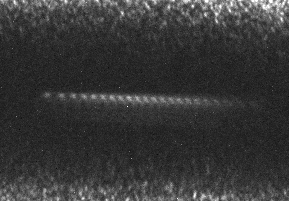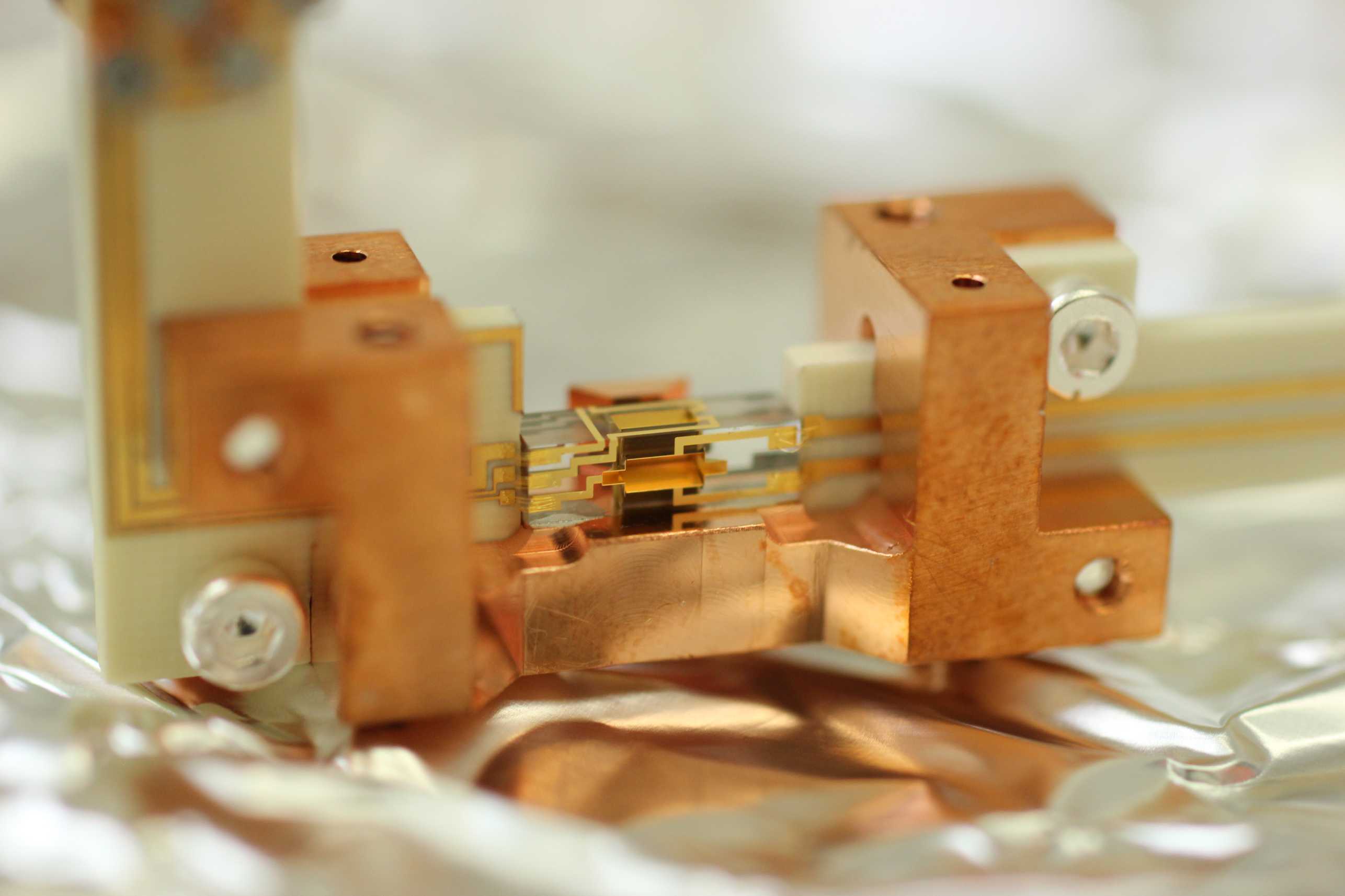Molecules

The complexity and variety of molecular systems promise wide-ranging applicability: high-precision spectroscopy for the search of parity violations not covered by the standard model of particle physics, fundamental constants and their potential variation in time, high precision tests of quantum electrodynamics, but also molecule-based optical clocks, quantum computing, quantum simulation and quantum chemistry. These applications will either require or profit from state preparation and non-destructive measurement. Unfortunately, these tools are hard to implement even for selected molecular species.
As has recently been demonstrated, quantum-logic spectroscopy can provide full control over a single molecular ion by co-trapping a well-controlled atomic 'logic' ion [1,2,3]. In principle, this technique can provide control over any molecular-ion species, resulting in tremendous potential for research and applications of molecular ions in the quantum regime.
With a new experimental setup we aim to perform quantum-logic spectroscopy of the hydrogen molecular ion by co-trapping a beryllium atomic ion. Being the simplest molecule, the hydrogen molecule serves as an important standard to test molecular theory as the hydrogen atom does for atomic physics. With our research we hope to contribute to molecular models, measurements of fundamental constants of e.g. the electron and proton, and investigate molecules for quantum information processing.
Using the trap fabrication technique developed in the TIQI group, we have built a monolithic four-rod trap specifically designed for high-precision spectroscopy. Figure 1 shows a photograph of the mounted trap.
This work is funded by an SNFS Ambizione grant and an ETHZ research grant.
The project is lead independently by Daniel Kienzler ().
We are currently offering a PhD position on this project (second half of 2020). Requests for further information and applications can be sent directly to Daniel Kienzler ().
[1] P. O. Schmidt et al. Science 309, 749-752 (2005)
[2] F. Wolf et al. Nature 530, 457-460 (2016)
[3] C.-W. Chou et al. Nature, 545, 203-207 (2017)

Figure 1: The ion trap (center) mounted on a copper base and wirebonded to PCBs. The trap is made from a single piece of glass, with deposited gold forming the trap electrodes. The glass structure is 8.5 mm long.
